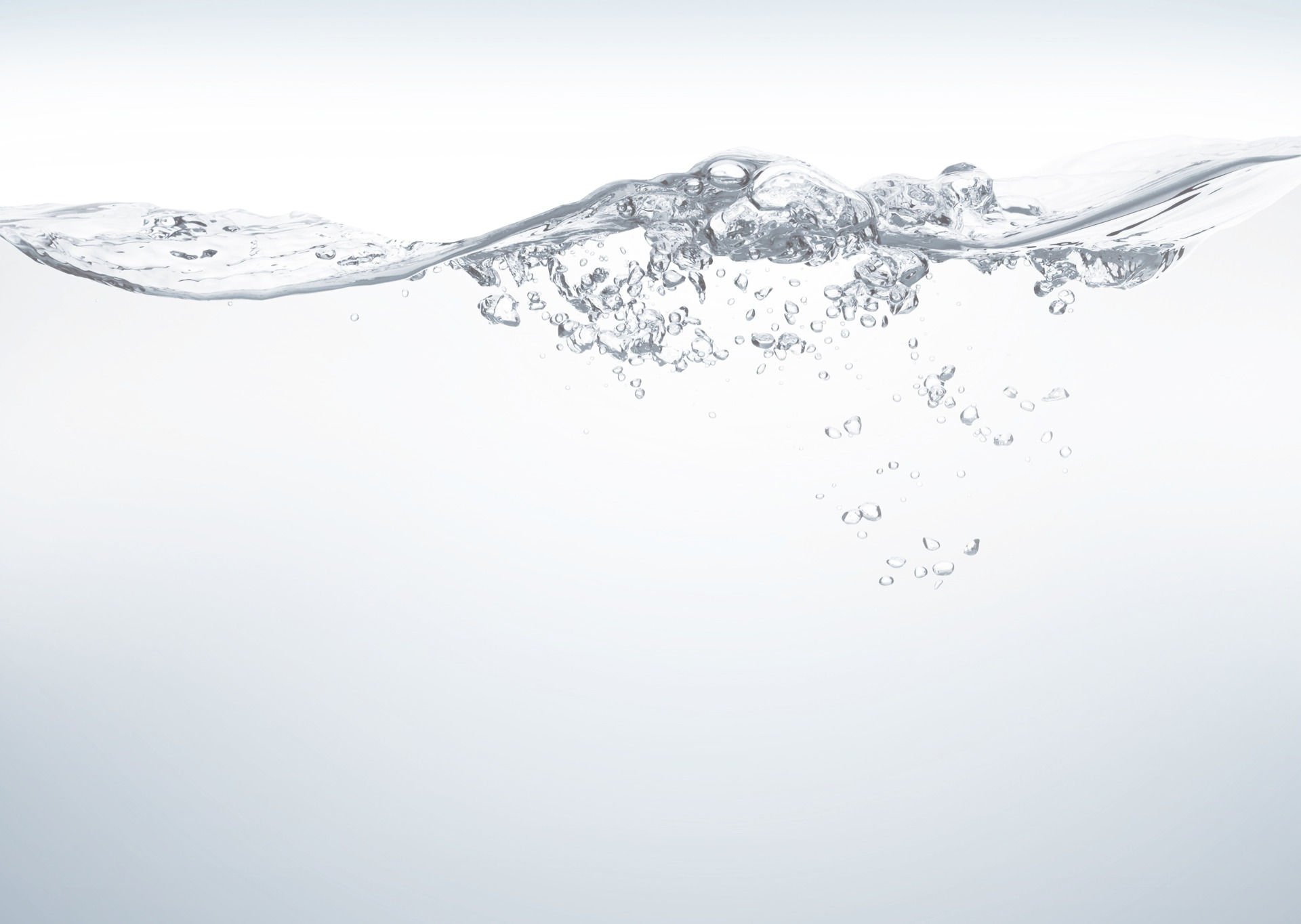
Energy Required to Treat Wastewater
The energy required to treat wastewater is highly dependent on a number of factors including the different processes employed at a given WWTW. For this investigation however, an average energy requirement for treating a metre cubed of wastewater will be found for the entire Scottish Water network and this value used.
From Scottish Water’s 2019 sustainability report the company consumes 570GWh of electricity each year with the treating of wastewater accounting for 31% of this and the treatment of sludge 14%. Therefore, these combined processes require 256.5GWh which equates to 702.7MWh per day which is used to treat 996 million litres of wastewater. (6) This gives an average value of 0.0007055kWh to treat a litre of wastewater including processing the sludge. Changing this to 1000 litres to make the numbers more manageable and to get a value per unit volume it is can be seen that on average each 1000 litres, or 1mᶟ, of wastewater treated by Scottish Water requires 0.7055kWh of energy and this value will be assumed to be representative of the operations at WWTW case study site.
To check this value is reasonable a comparison can be made to existing literature. Comparing to a study conducted by Gurung et al. in 2018 that aimed to create a benchmark energy consumption for Finnish wastewater treatment plants (WWTP), Fig.6, taken from this study, shows the electricity consumption per metre cubed of wastewater for the sites considered with the above calculated value of 0.7055kWh within the expected range. (7)

Histogram for unit energy consumptionin Finnish muncipal WWTPs
Although within the expected range, this value is higher than the mean. A factor to consider that could explain this is the plant size. Scottish Water treats 996 million litres of wastewater daily, (6) operating around 631 WWTW. (8) This gives an average daily wastewater flow rate per site of 1,578mᶟ. Table 1, taken from the paper by Gurung et al., (7) shows the unit energy consumption values for different plant scales from different studies with the Scottish Water average of 1.578x10ᶟmᶟ/d being below the lowest flow rate given, and with a trend of increasing higher specific energy consumption with decreasing plant size, a value above the mean given in Fig.6 is expected. The SW WWTW case study site is assumed to process an average of 1,350mᶟ per day, found by dividing the yearly energy consumption at the plant first by 365 days and then by 0.7055kWh.
Unit Energyconsumption of WWTPs with respect todifferent plant scales
